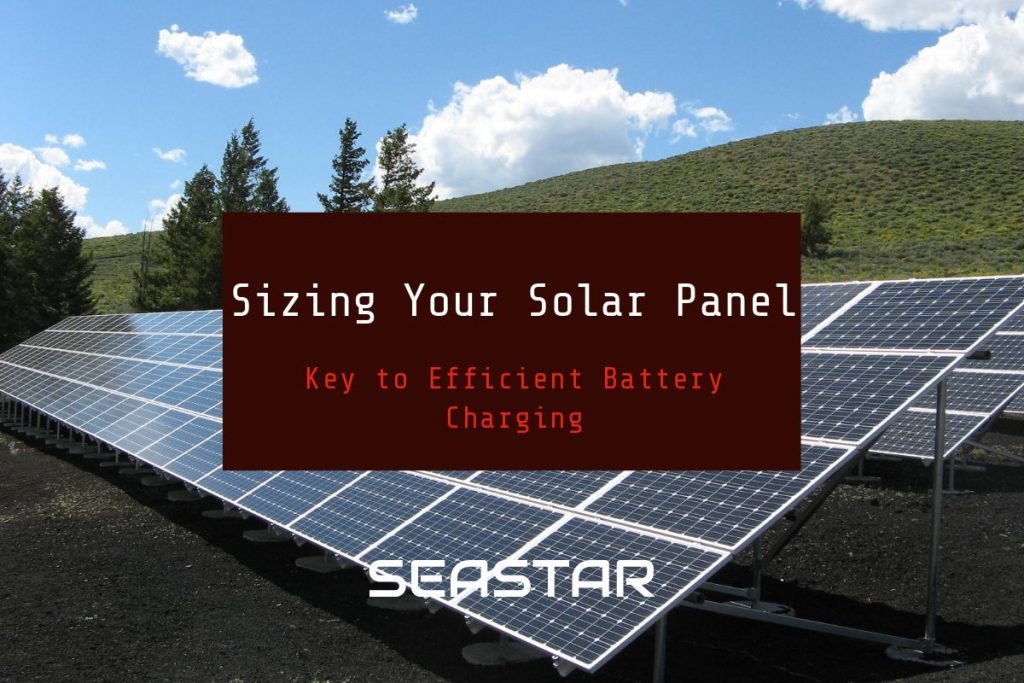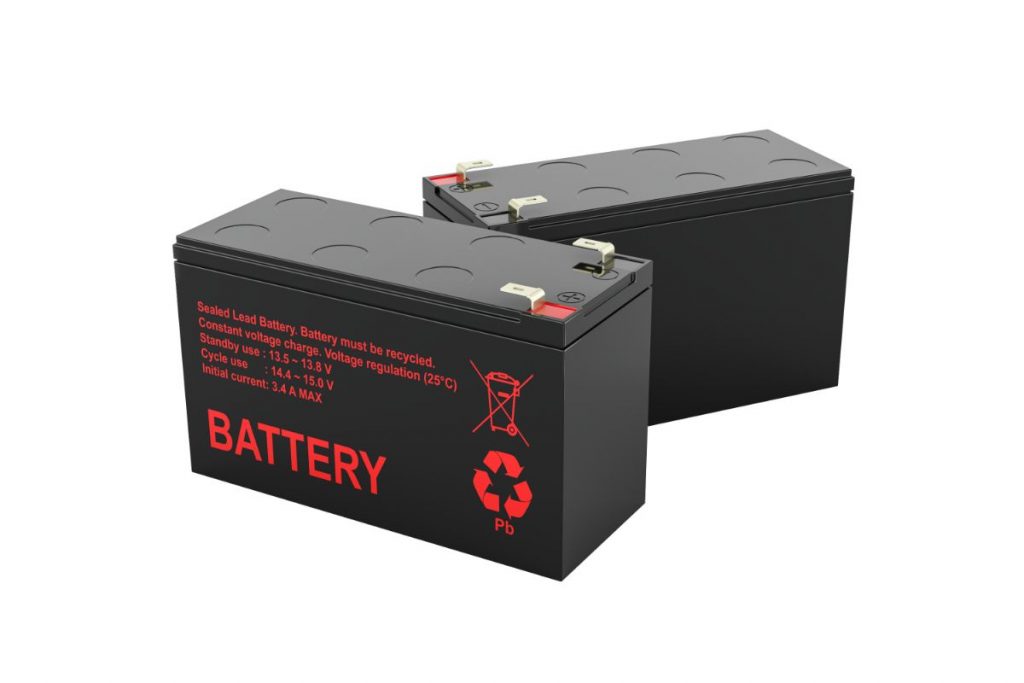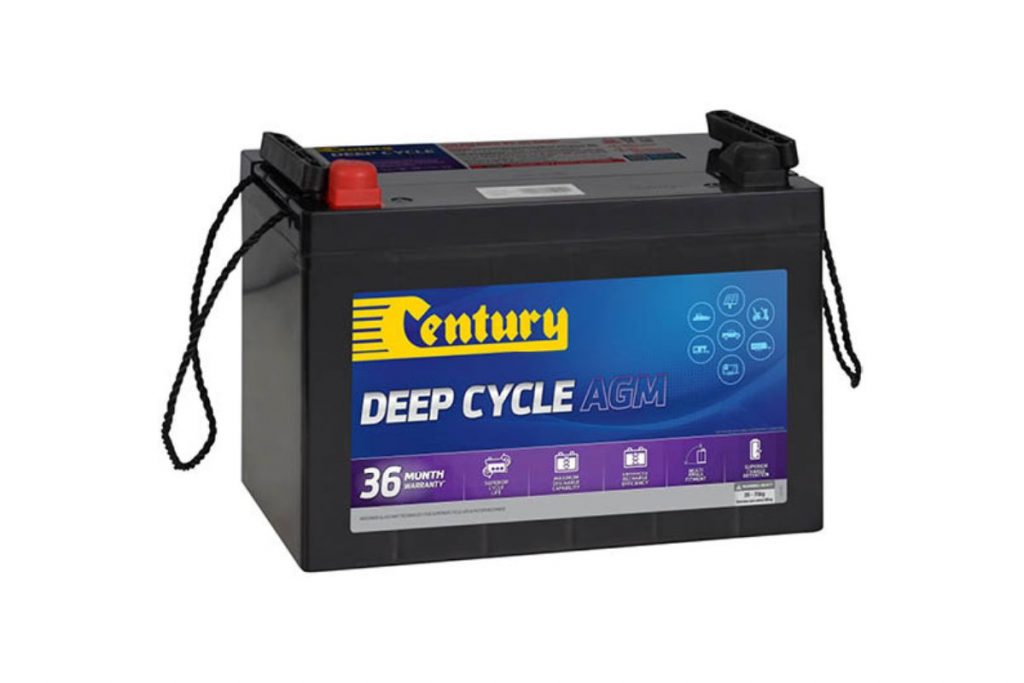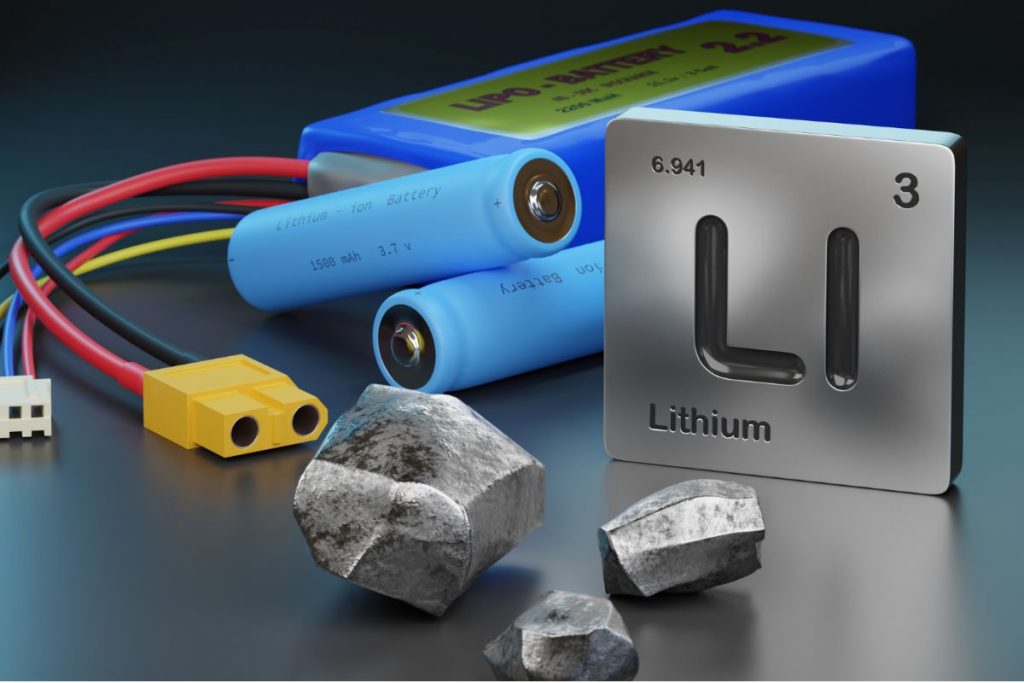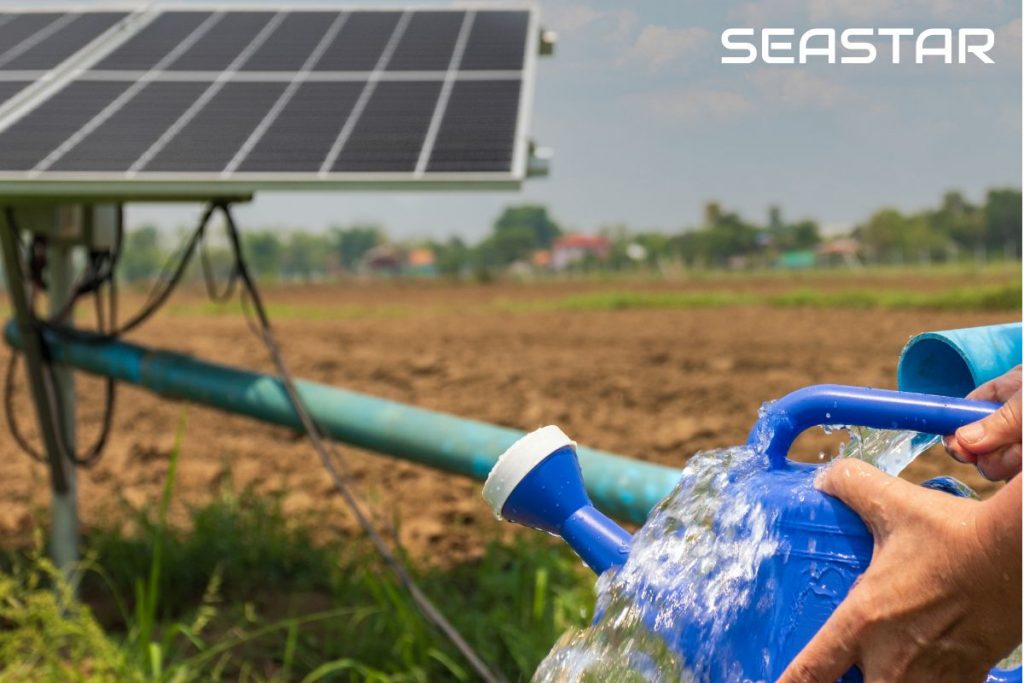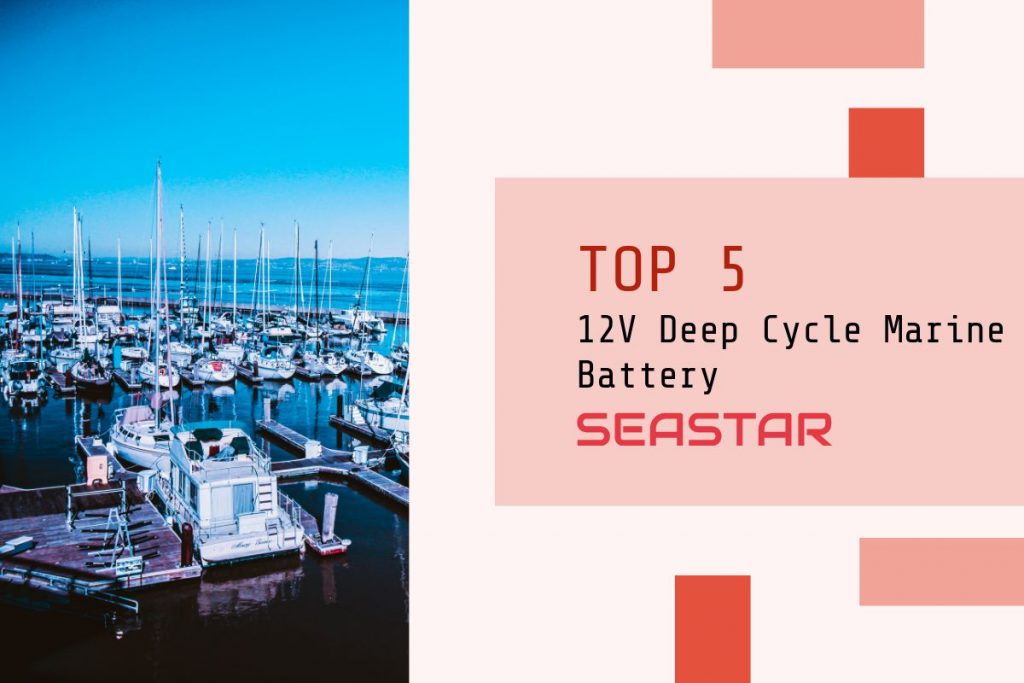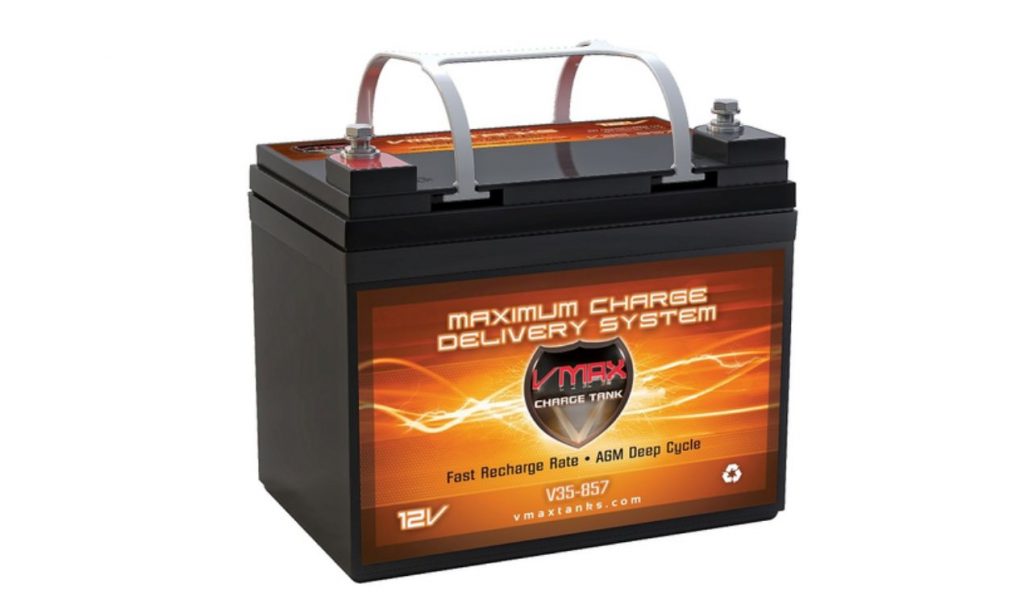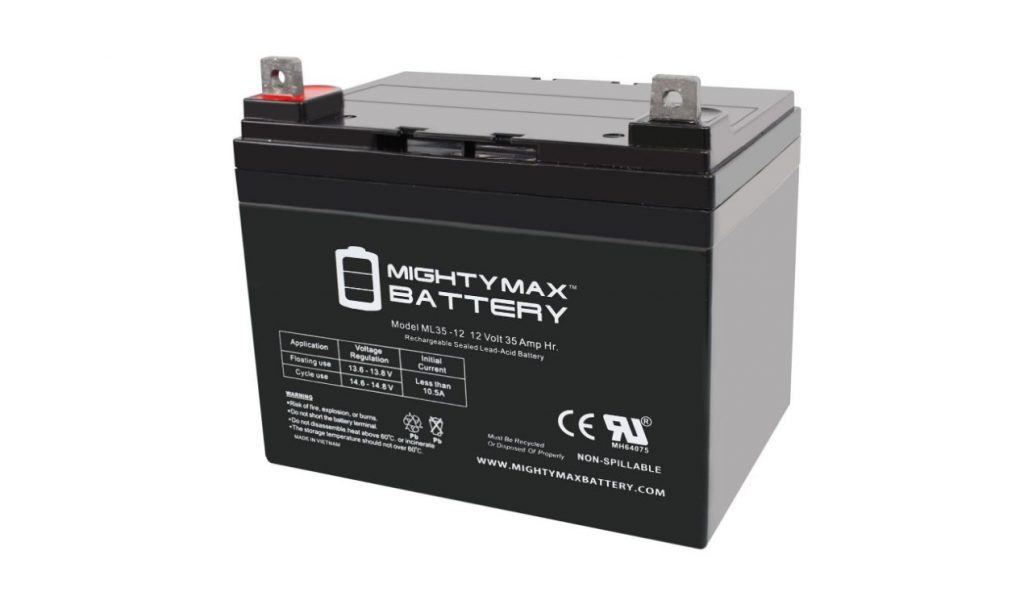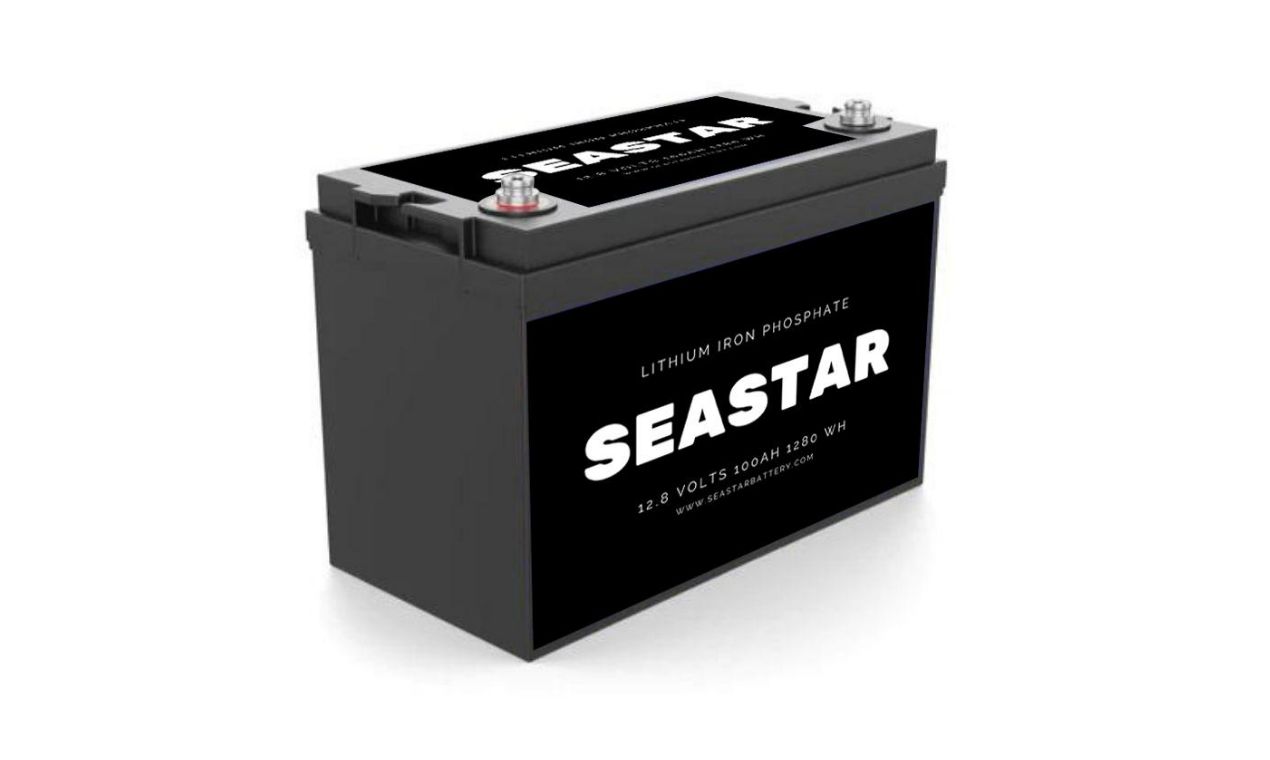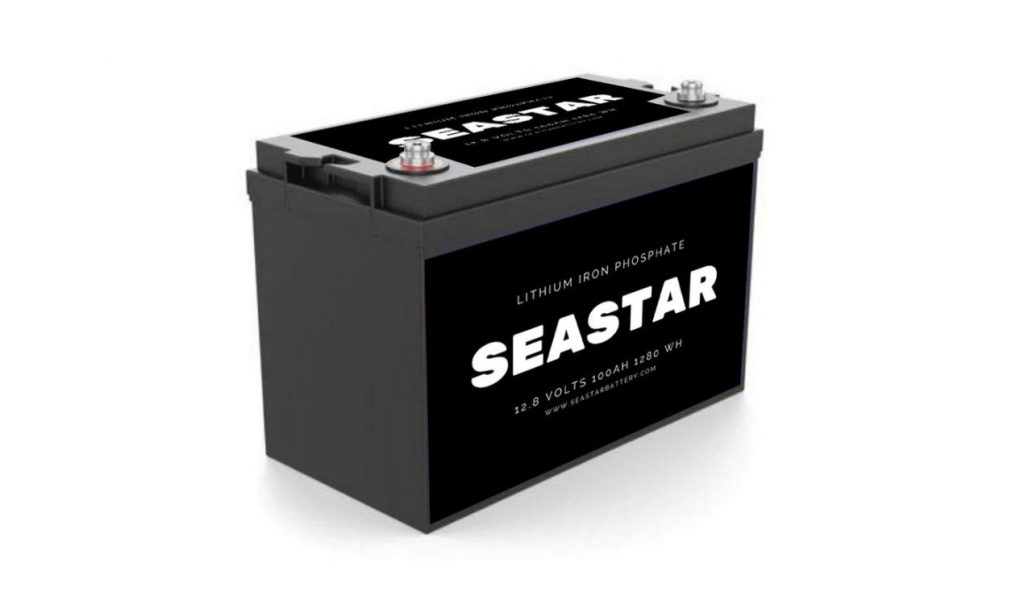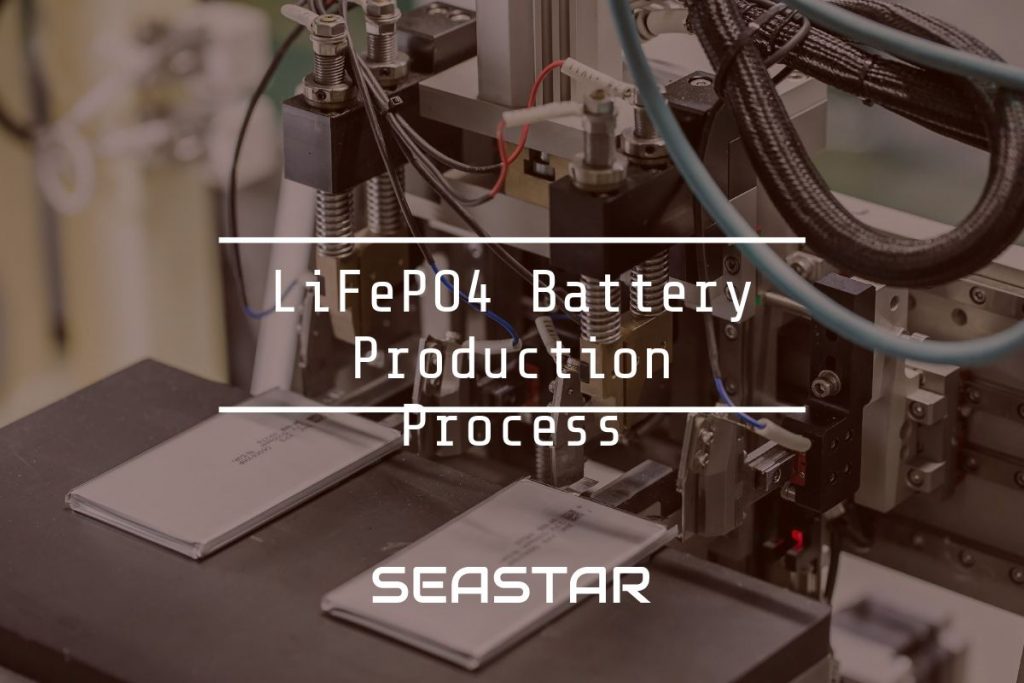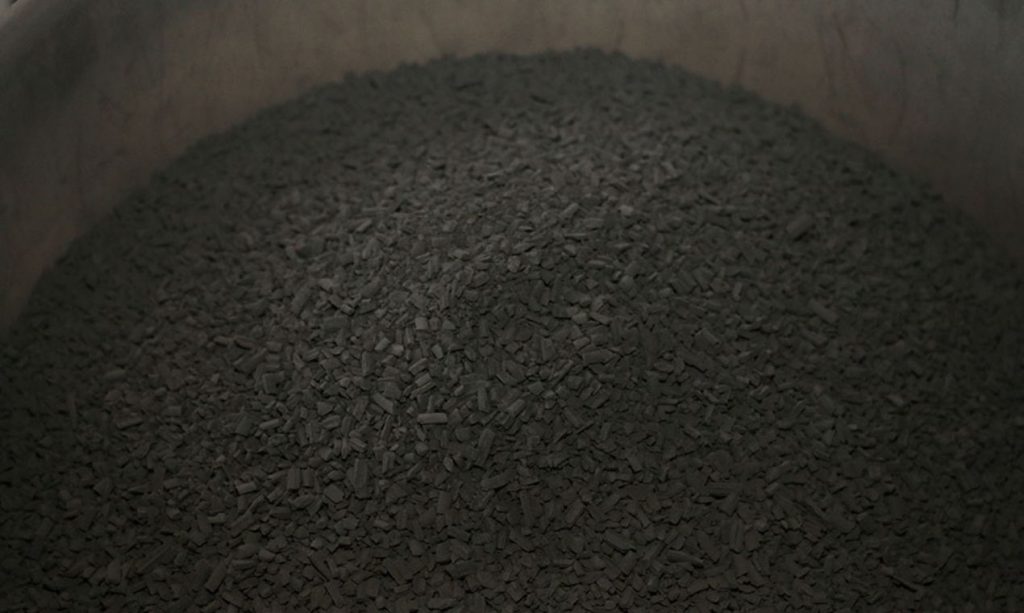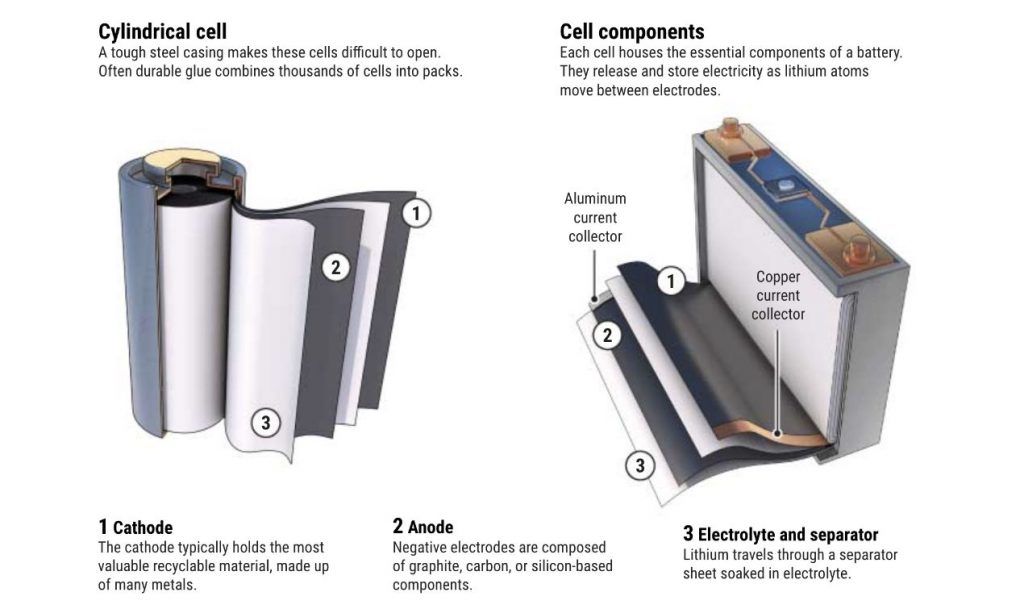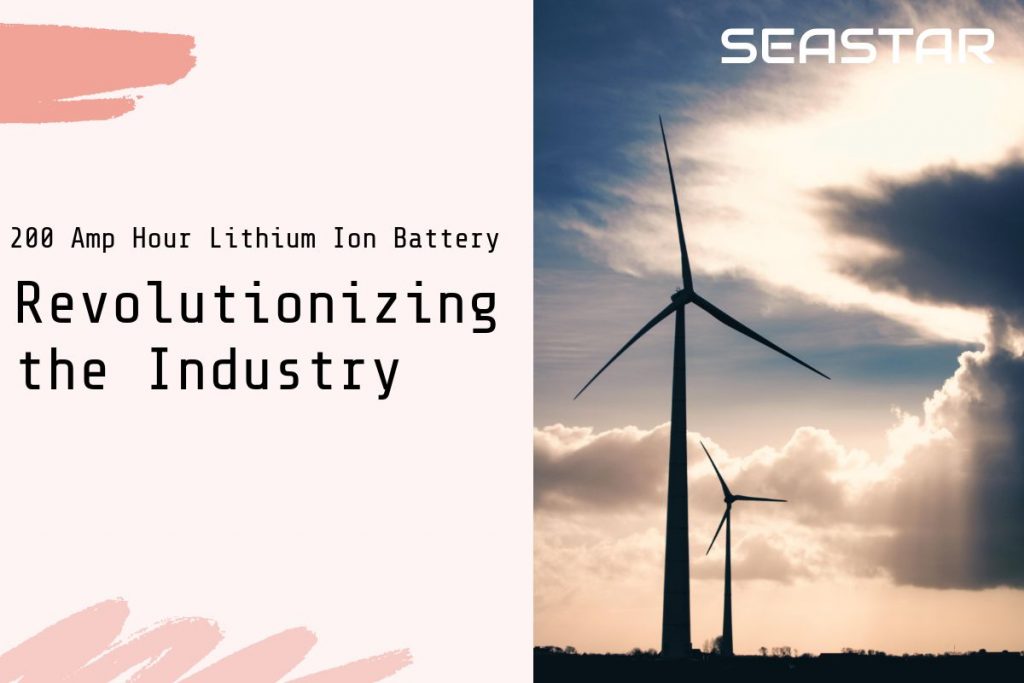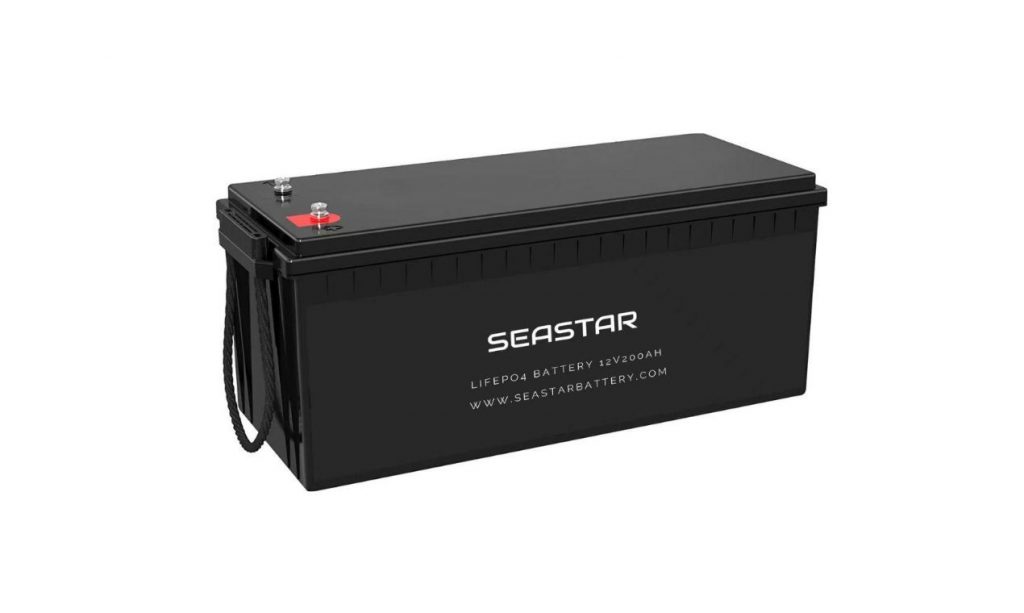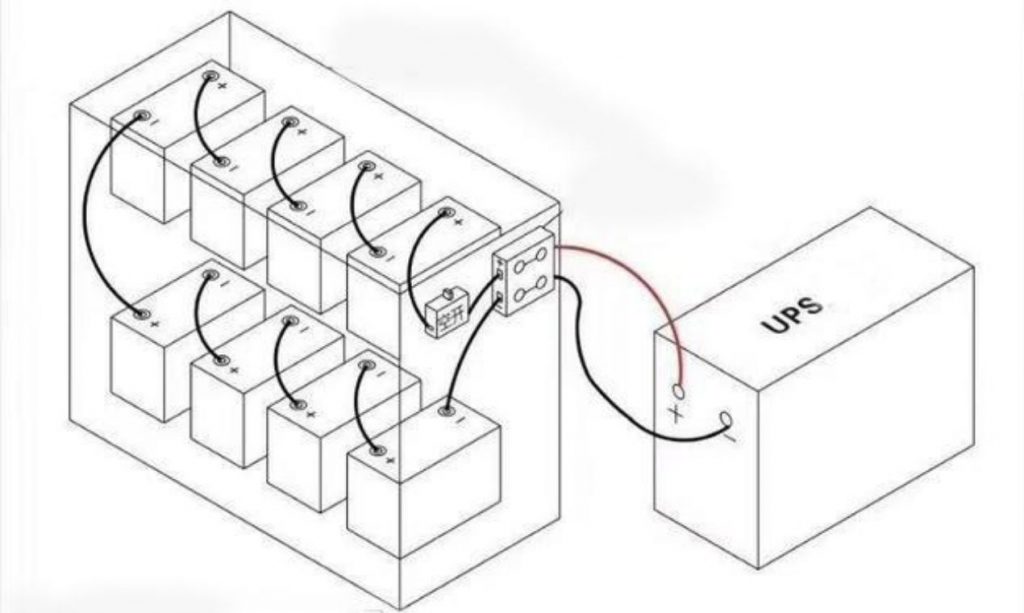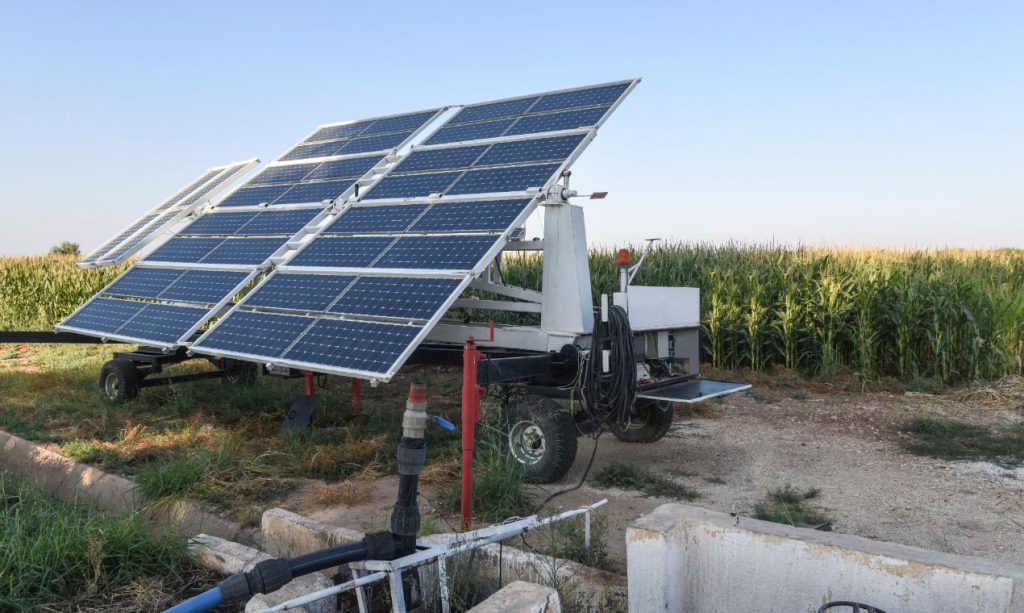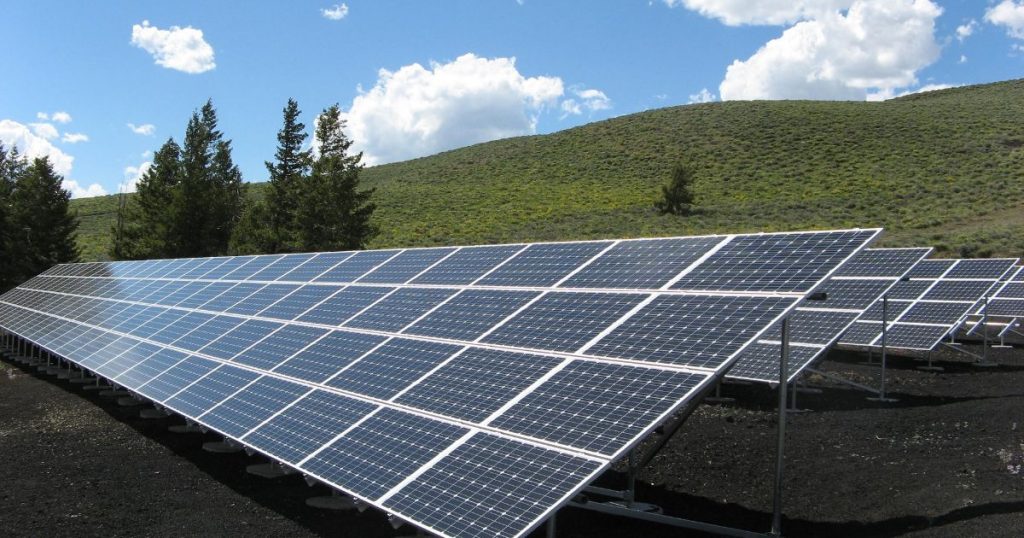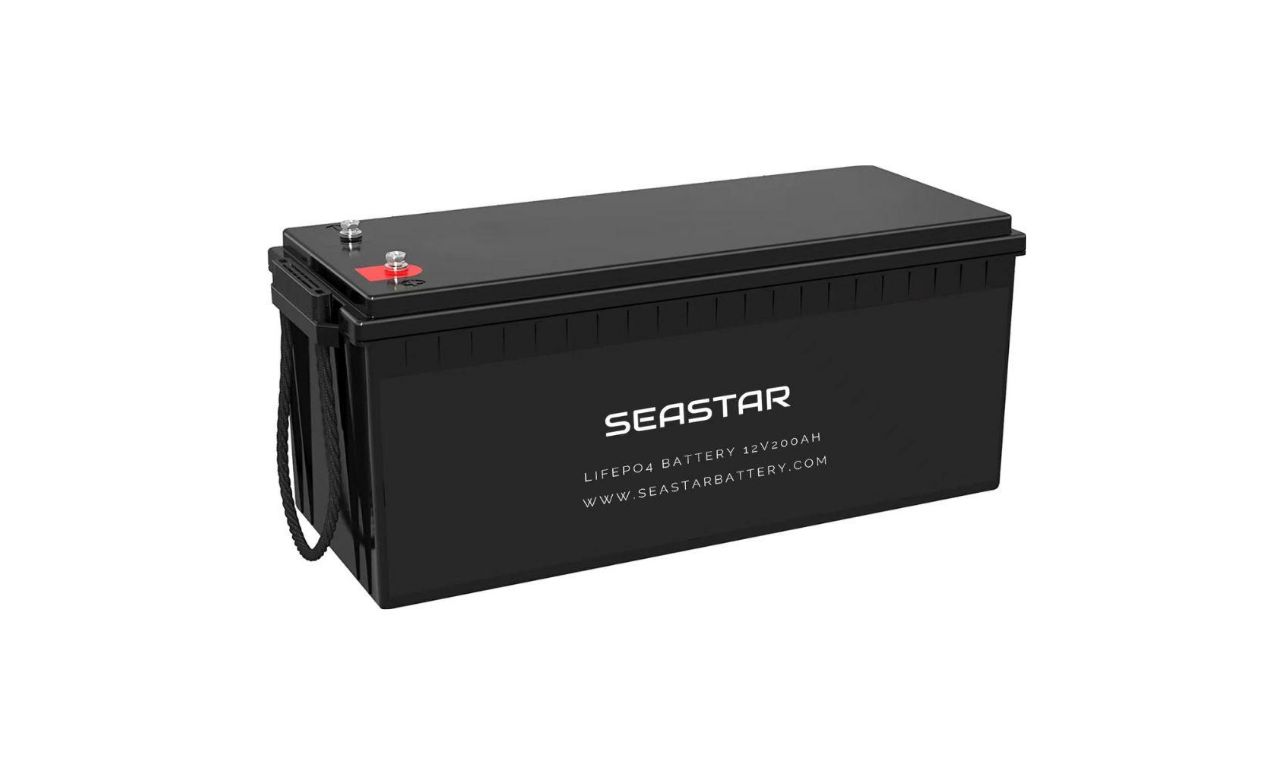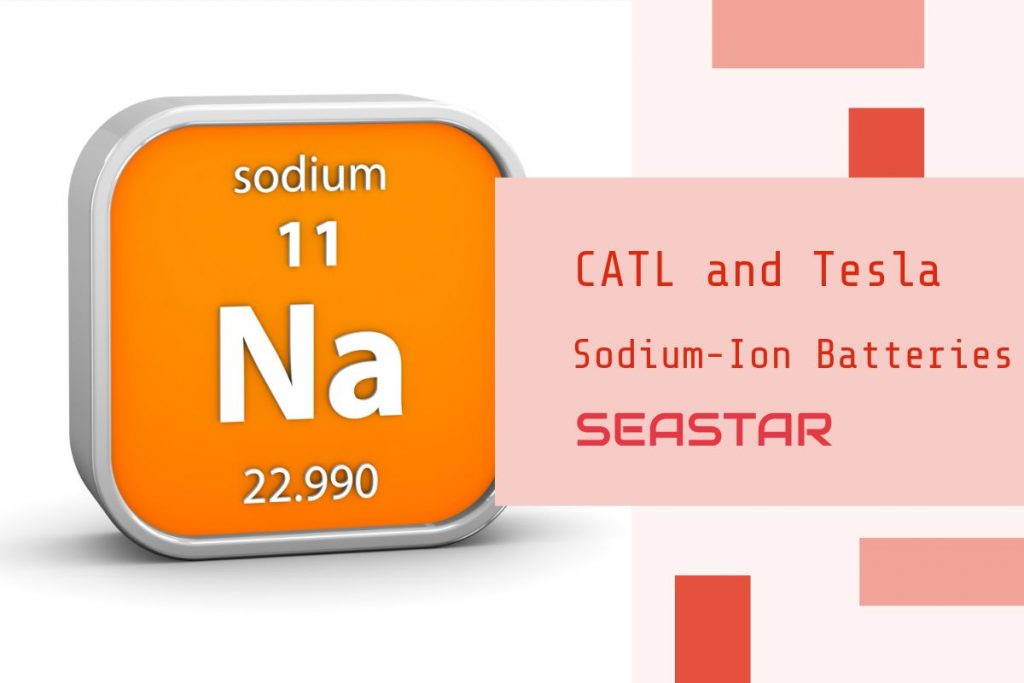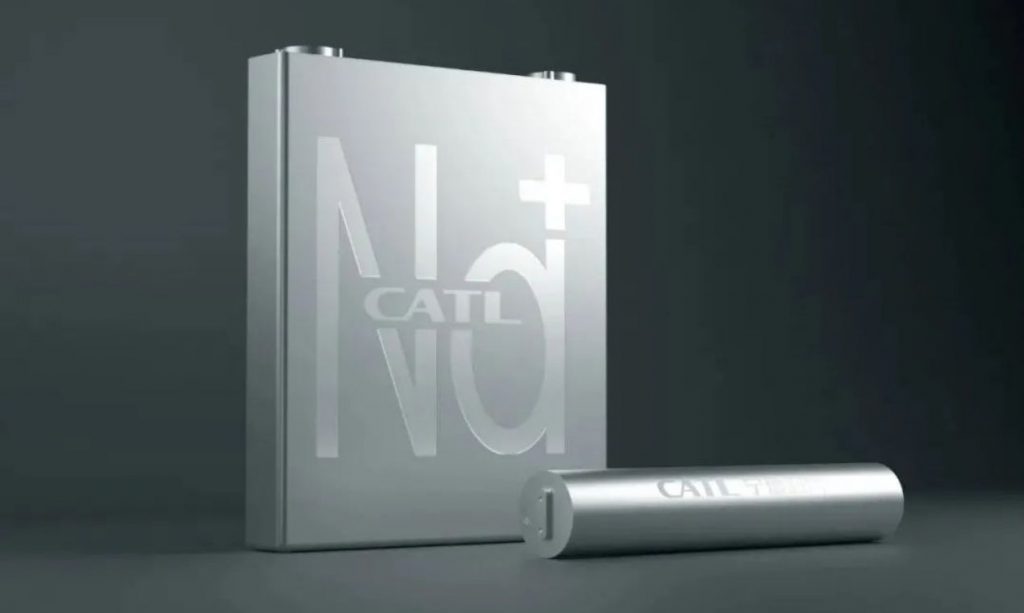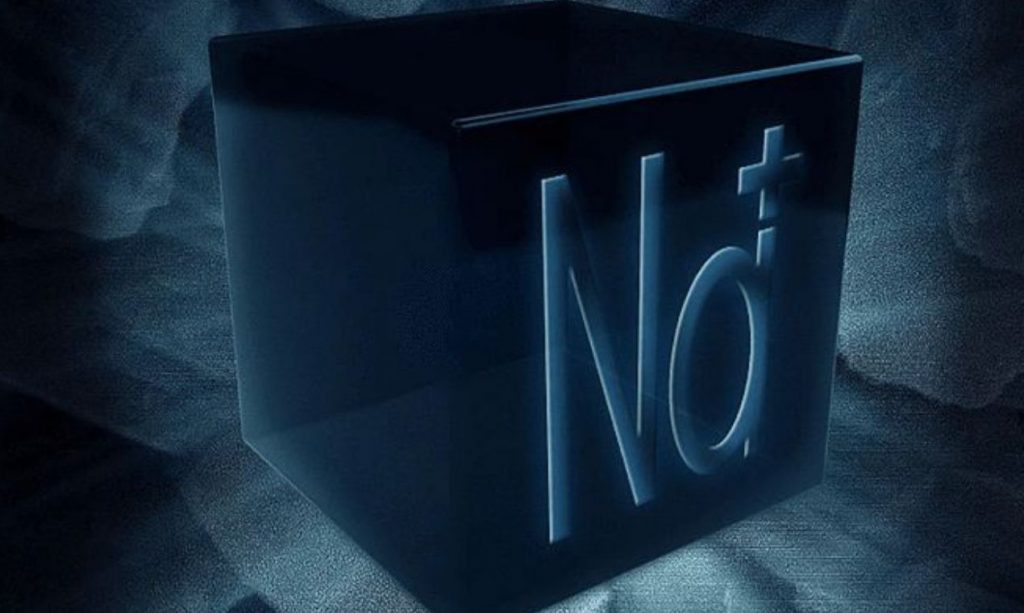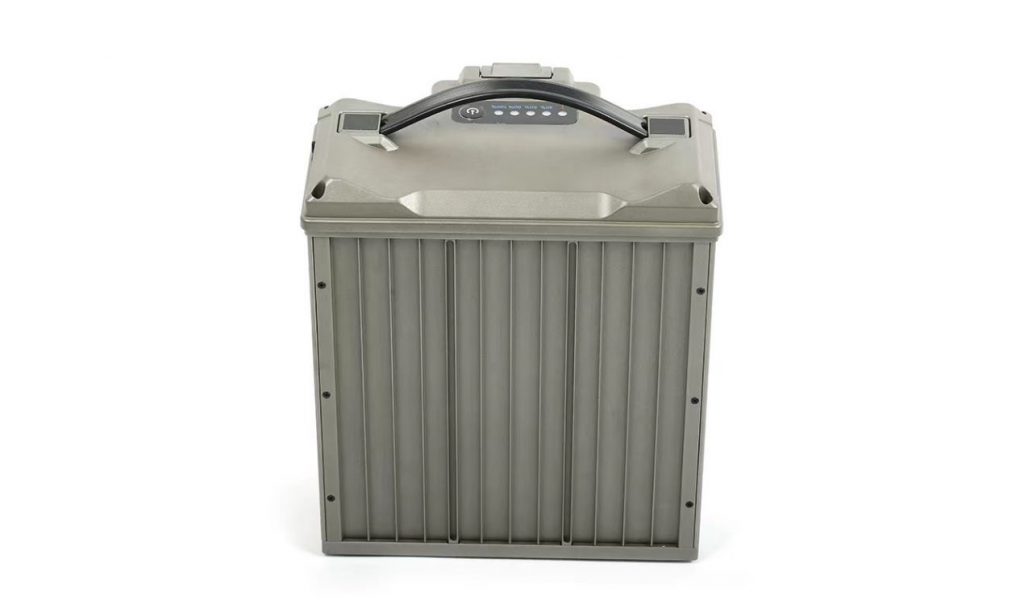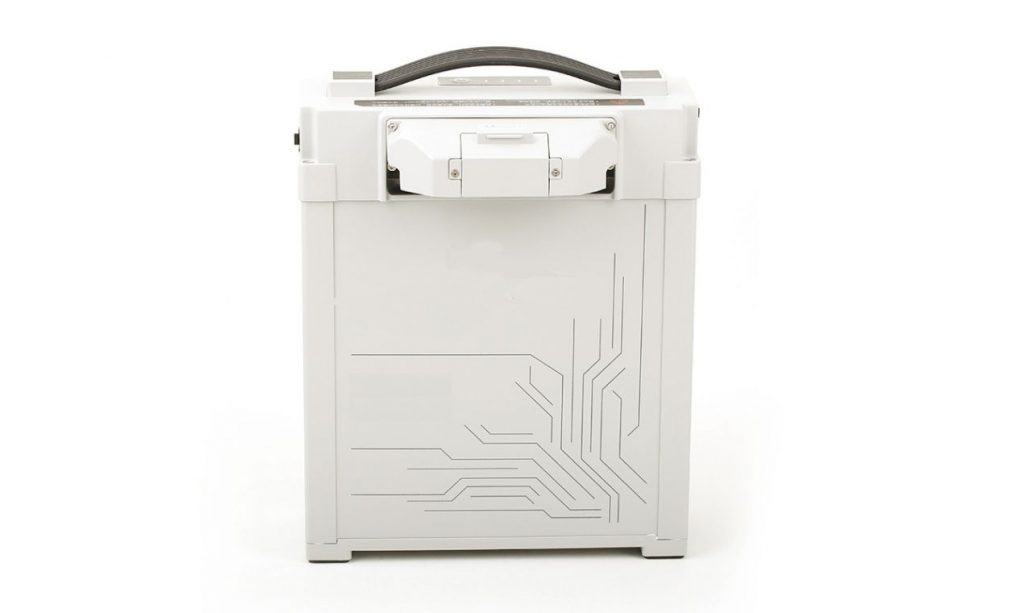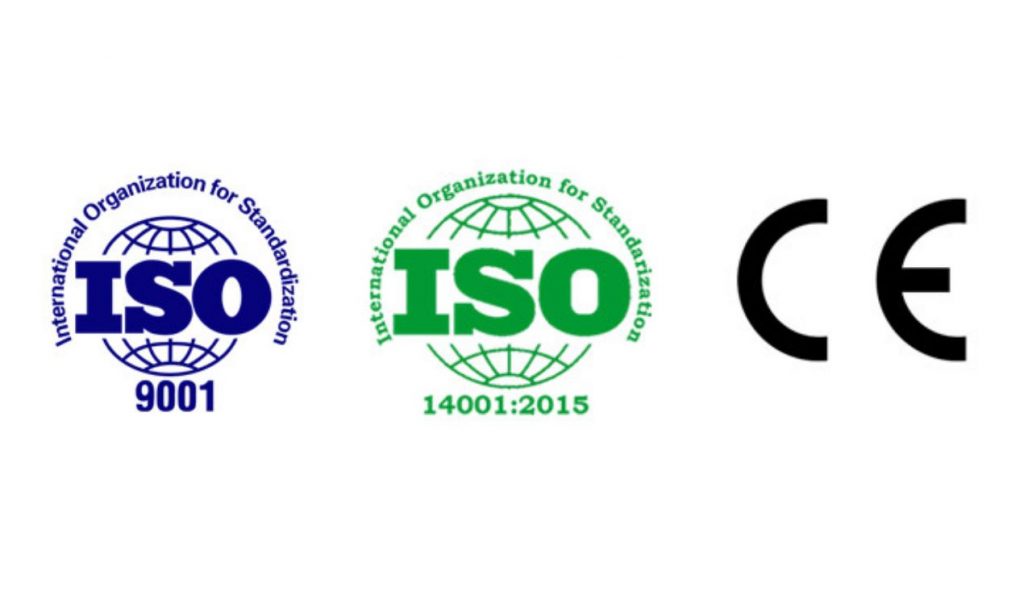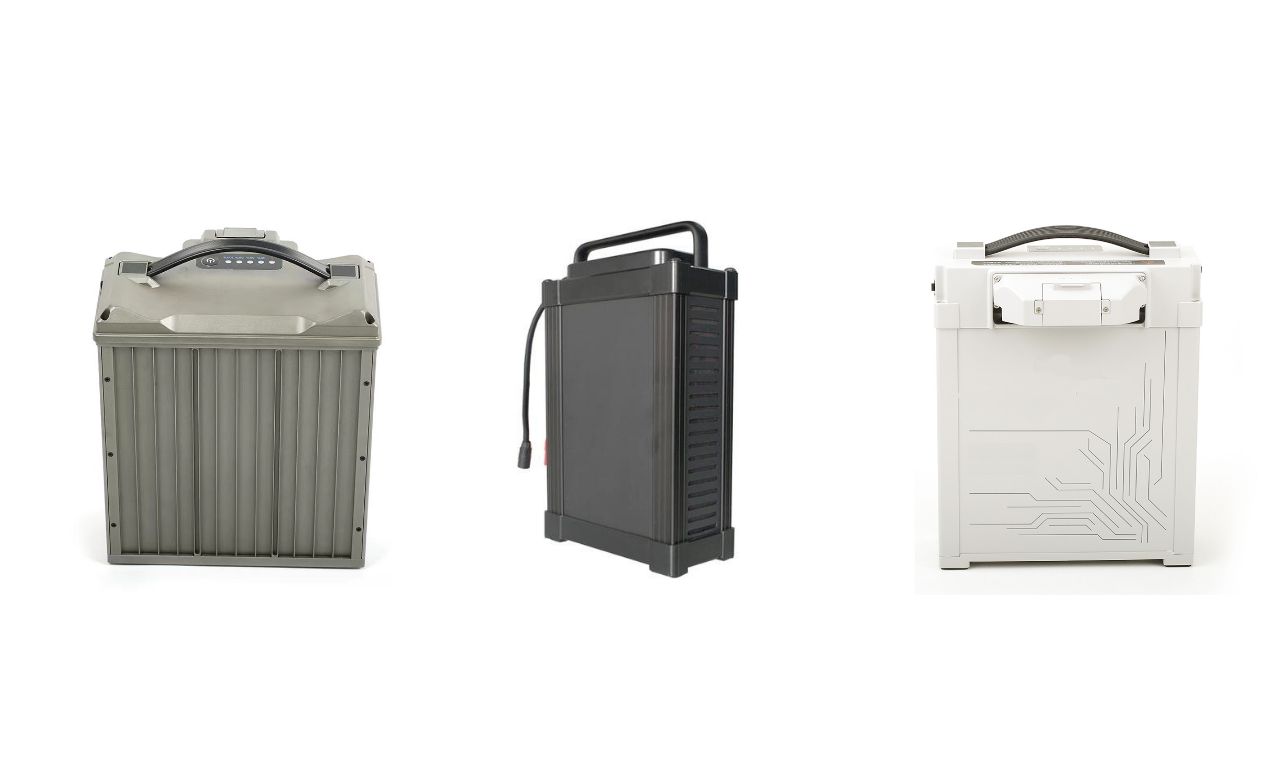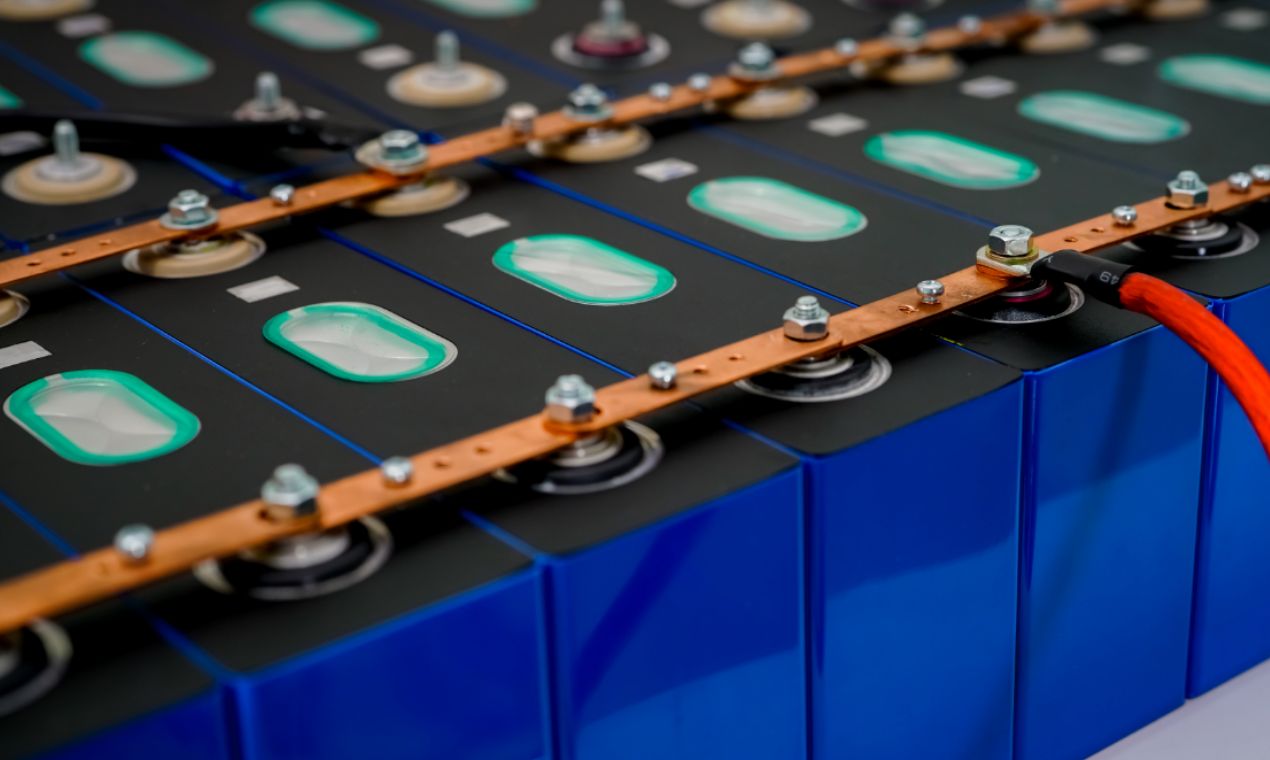Sizing Your Solar Panel: The Key to Efficient Battery Charging
When it comes to selecting a solar panel for your battery charging needs, the technical jargon and specifications can be overwhelming. Many wonder how to determine the right solar panel size for their specific battery capacity. In this blog post, we’ll focus on lithium batteries and provide insights into how much solar panel capacity you need to charge 300Ah, 400Ah, and 600Ah batteries. We’ll also delve into the number of solar panels required to charge a 24V 200Ah battery and guide you on selecting an appropriate inverter size for a 300Ah battery.
Let’s begin by addressing the solar panel requirements for a 300Ah battery. In general, a 300Ah battery necessitates a solar panel with a minimum rating of 900 watts. This translates to at least three 300-watt solar panels. However, it’s important to note that this is a ballpark figure, and the actual solar panel needs can vary based on factors like weather conditions and battery usage patterns.
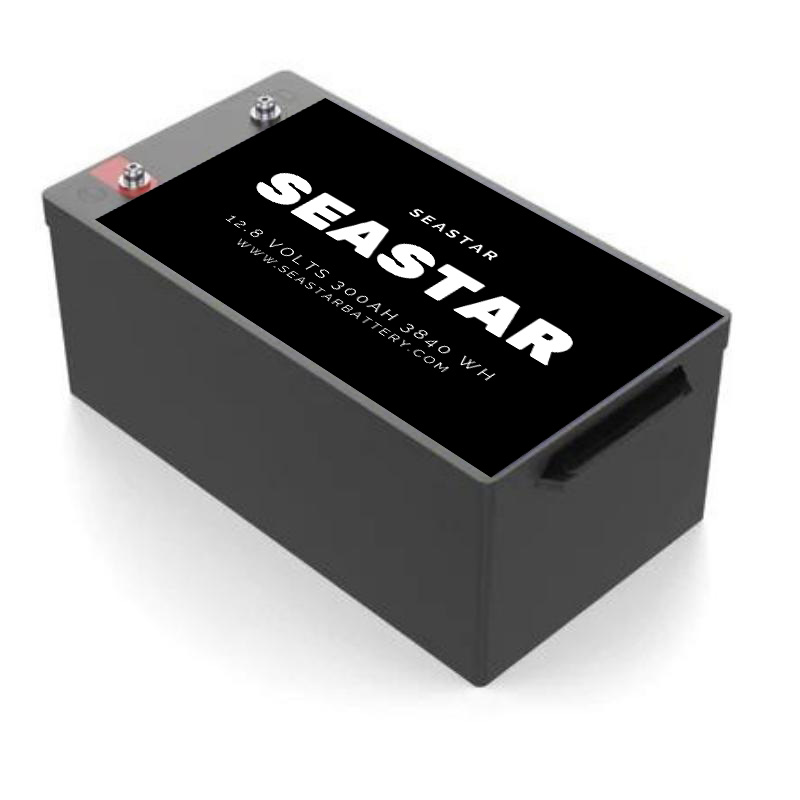
12V 300Ah Lithium ion Battery
Built-in 300A BMS: Protect from overcharge, over-discharge, overcurrent, and short circuit with excellent self-discharge rate. Grade A LiFePO4 Cells: Highest-level safety based on UL Testing Certificate for the cell inside the battery, with higher energy density, more stable performance & greater power.
Moving on to a 400Ah battery, you should aim for a solar panel with a minimum rating of 1200 watts. This equates to four 300-watt solar panels. To obtain a more precise estimate, consider additional variables such as local weather patterns and how frequently you use the battery.
For those with a 600Ah battery, the solar panel requirement steps up to a minimum of 1800 watts. This corresponds to six 300-watt solar panels. As always, be mindful of the battery’s usage and environmental conditions to ensure an accurate solar panel rating.
Determining the number of solar panels needed to charge a 24V 200Ah battery depends on various factors, including the type and wattage rating of the panels. As a rough guideline, you should plan for at least two 200-watt solar panels to charge a 24V 200Ah battery. However, for precision, it’s advisable to consult with a solar panel expert who can perform a tailored calculation.
Lastly, let’s discuss choosing the right inverter size for a 300Ah battery. Your inverter selection should align with the load size you intend to power and the battery’s capacity. For a 300Ah battery, a minimum inverter size of 3000 watts is recommended. This provides ample power to run essential household appliances like refrigerators, televisions, and lights.
Selecting the appropriate solar panel size for your battery charging needs is a significant decision. Understanding the fundamental requirements is vital in making an informed choice. To charge a 300Ah battery, aim for a minimum of 900 watts of solar panel capacity. A 400Ah battery requires at least 1200 watts, and a 600Ah battery demands 1800 watts. For a 24V 200Ah battery, plan for at least two 200-watt solar panels. Always consider factors such as local weather conditions and battery usage for precise requirements. Lastly, for a 300Ah battery, opt for an inverter with a minimum size of 3000 watts. We hope this information aids you in your battery and solar panel selection journey.
Sizing Your Solar Panel: The Key to Efficient Battery Charging Read More »
